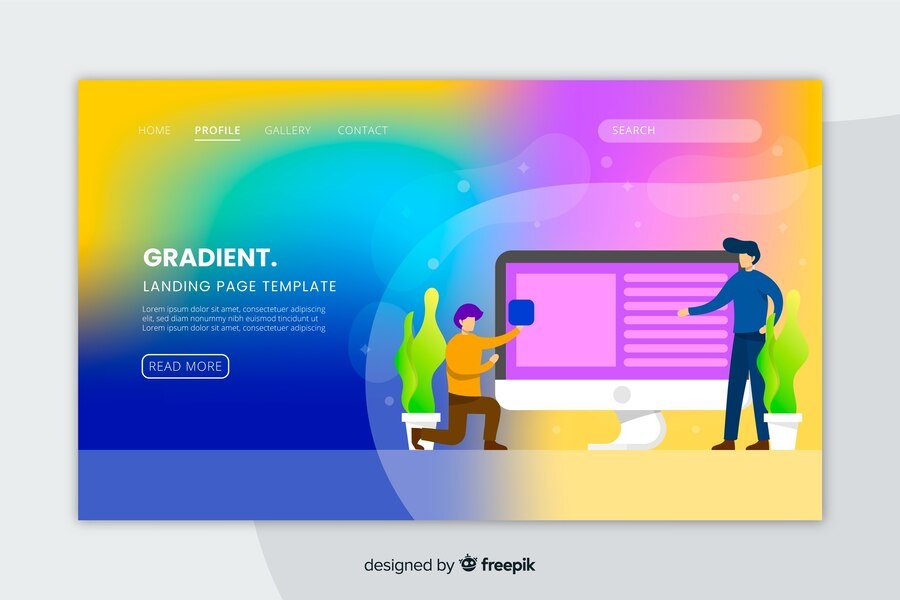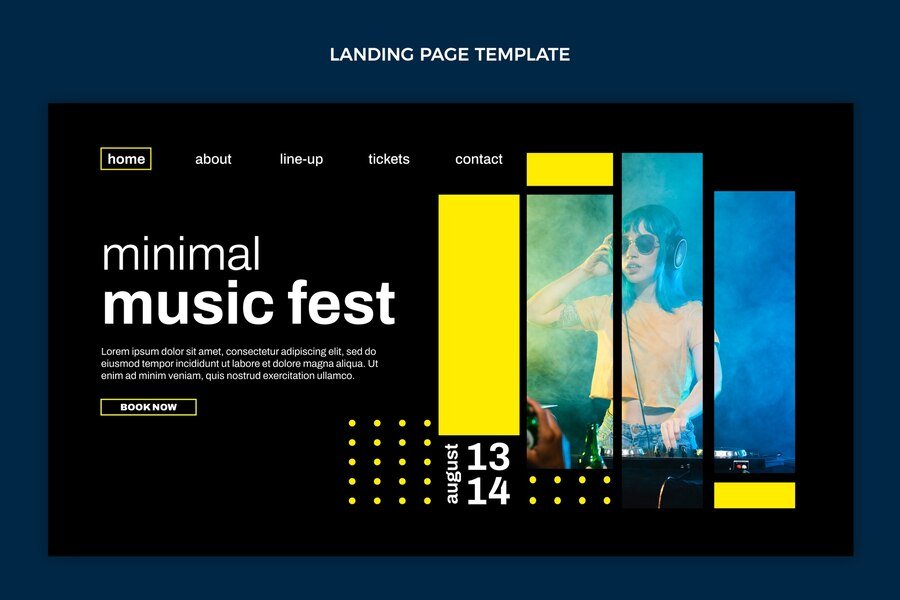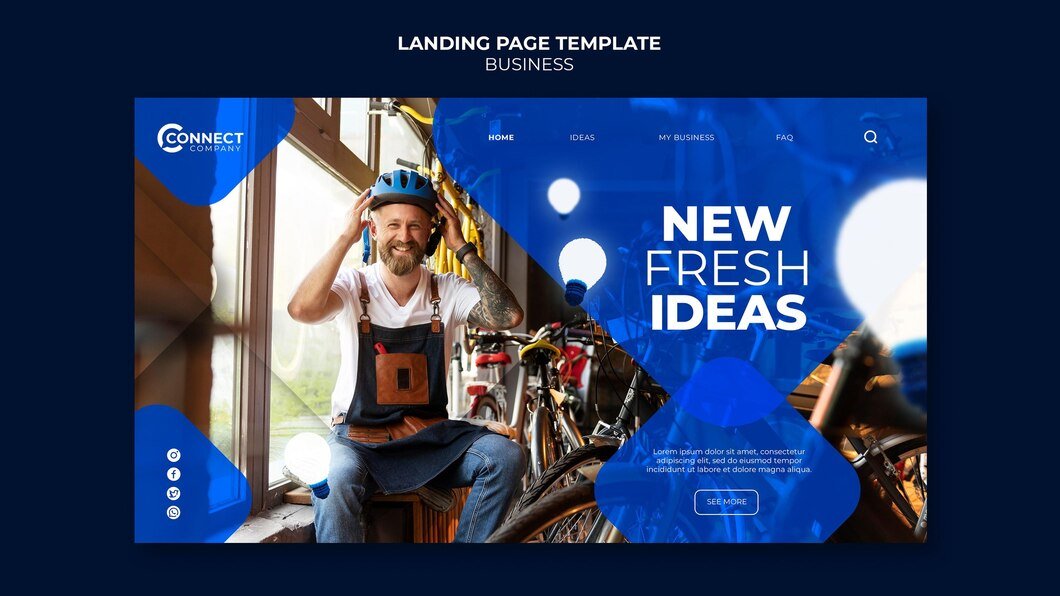In the dynamic world of digital content, user engagement stands as a cornerstone for success. Whether you’re running a blog, an e-commerce site, or a corporate platform, engaging your audience is key to building a loyal following, driving conversions, and enhancing overall user experience. For WordPress websites, which power over 40% of the internet, leveraging effective design strategies can significantly impact user engagement metrics. This article explores actionable strategies to maximize user engagement through thoughtful WordPress design.
Understanding User Engagement
User engagement encompasses various interactions users have with your website, including how long they stay, how they navigate through content, and whether they take desired actions (like subscribing or making a purchase). High engagement correlates with lower bounce rates, longer session durations, and increased conversions. Effective design plays a pivotal role in influencing these behaviors.
Key Design Strategies for Maximizing User Engagement
1. Responsive Design
Responsive design ensures your WordPress site adapts seamlessly to various devices and screen sizes, providing a consistent user experience. With mobile traffic surpassing desktop usage, optimizing for mobile responsiveness is crucial for engagement and SEO. WordPress themes nowadays often come with built-in responsiveness, but it’s essential to test across devices to ensure smooth functionality.
2. Clear and Intuitive Navigation
Navigation should be intuitive, allowing users to find information effortlessly. Use clear menus, logical categorization, and breadcrumbs to guide users through your content hierarchy. Consider sticky menus that remain visible as users scroll, ensuring easy access to essential links and pages.
3. Speed Optimization
Fast loading times are vital for retaining visitors. Users expect websites to load within seconds, and any delay can lead to increased bounce rates. Utilize caching plugins, optimize images, leverage content delivery networks (CDNs), and choose a reliable hosting provider to ensure swift performance.
4. Compelling Visual Design
Visual appeal captures attention and enhances engagement. Choose a clean, professional design that aligns with your brand identity. Use high-quality images and videos strategically to complement content without overwhelming or slowing down your site. Consistent typography and color schemes improve readability and reinforce brand recognition.
5. Content Layout and Readability
Organize content logically with sufficient whitespace, headings, and bullet points to enhance readability. Break up long paragraphs into digestible chunks and use relevant visuals to illustrate key points. Implement a grid layout for blog archives or product listings to improve scanning and navigation.
6. Interactive Elements
Incorporate interactive elements such as sliders, accordions, and interactive maps to engage users and encourage exploration. Use forms, quizzes, or polls to gather feedback and increase user interaction. However, ensure these elements enhance rather than distract from the user experience.
7. Call-to-Actions (CTAs)
Strategically place CTAs throughout your site to guide users towards desired actions, whether it’s subscribing to a newsletter, downloading content, or making a purchase. Use contrasting colors, persuasive language, and clear instructions to prompt user engagement effectively.
8. Accessibility Considerations
Ensure your WordPress site is accessible to users with disabilities. Use accessible color contrasts, provide text alternatives for non-text content, and implement keyboard navigation options. Accessibility not only broadens your audience but also enhances overall usability and SEO.
Monitoring and Optimization
1. Analytics and Heatmaps
Regularly monitor user behavior through analytics tools like Google Analytics. Analyze metrics such as bounce rates, average session duration, and conversion rates to identify areas for improvement. Heatmap tools can offer insights into where users click and scroll, guiding layout and content optimizations.
2. A/B Testing
Experiment with different design elements, layouts, and CTAs through A/B testing. Test variations of landing pages, forms, and navigation structures to determine which configurations yield higher engagement and conversions. Use data-driven insights to refine your WordPress design continually.
Conclusion
Effective WordPress design goes beyond aesthetics; it’s about creating a seamless user experience that encourages interaction and fosters trust. By prioritizing responsiveness, intuitive navigation, speed optimization, visual appeal, and interactive elements, you can significantly enhance user engagement metrics on your website. Continuously monitor performance, gather user feedback, and adapt your design strategies to meet evolving user expectations and business goals. With these strategies in place, your WordPress site can become a powerful tool for attracting and retaining a loyal audience in today’s competitive digital landscape.













